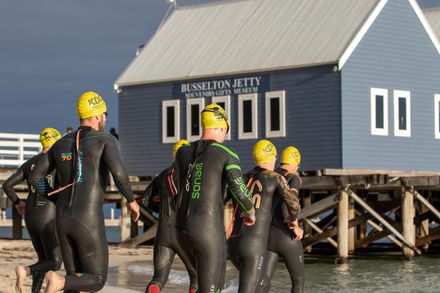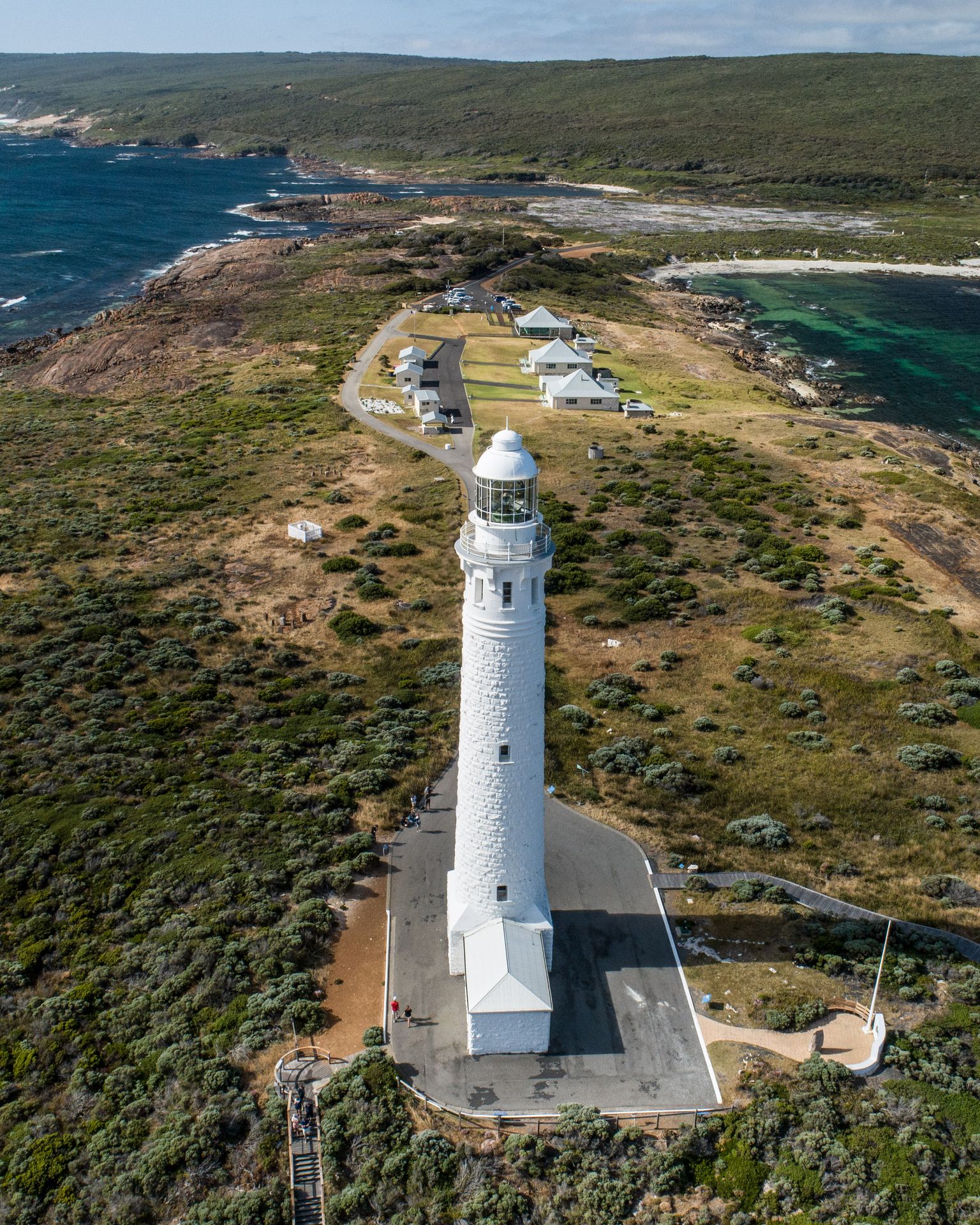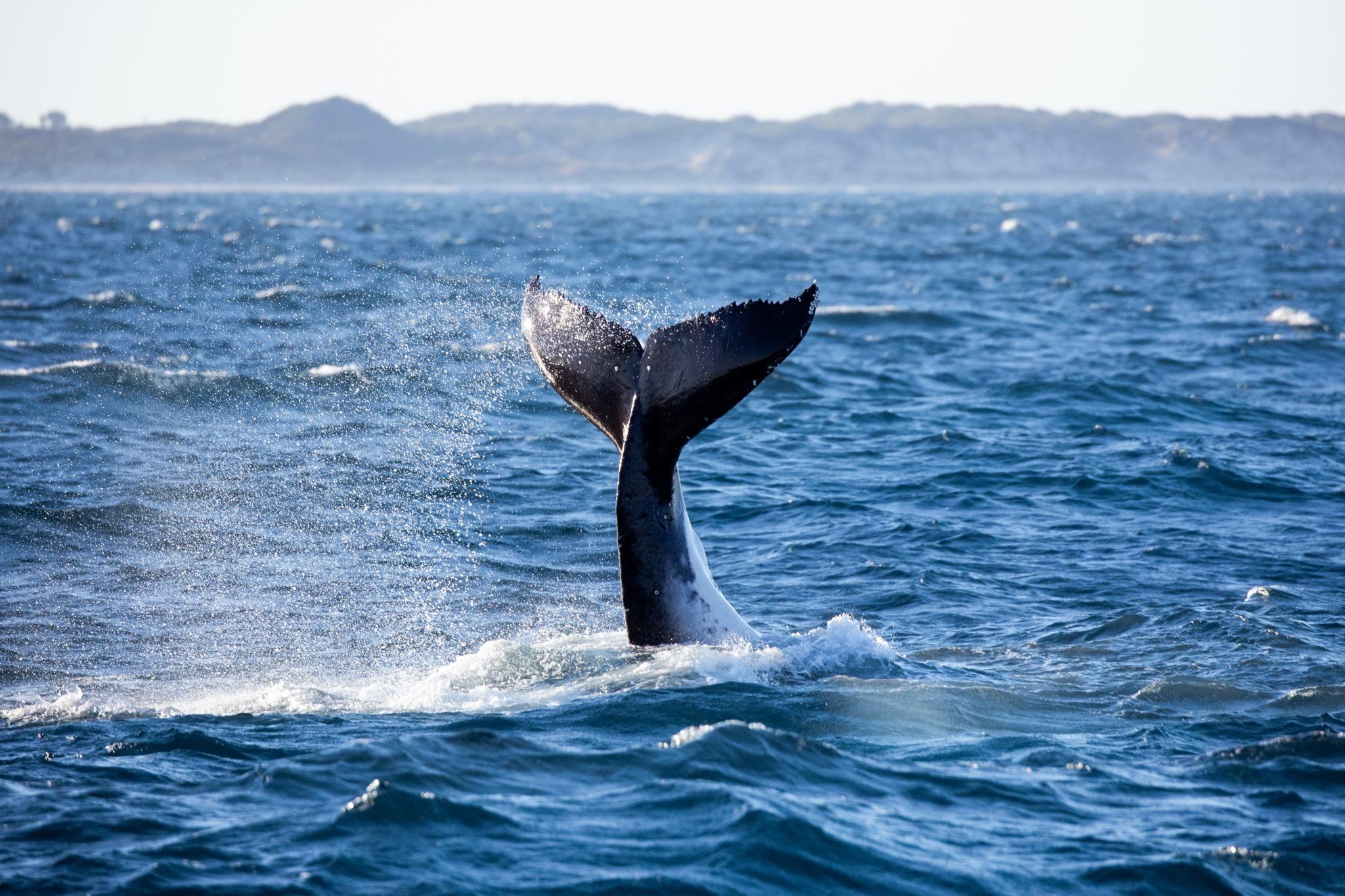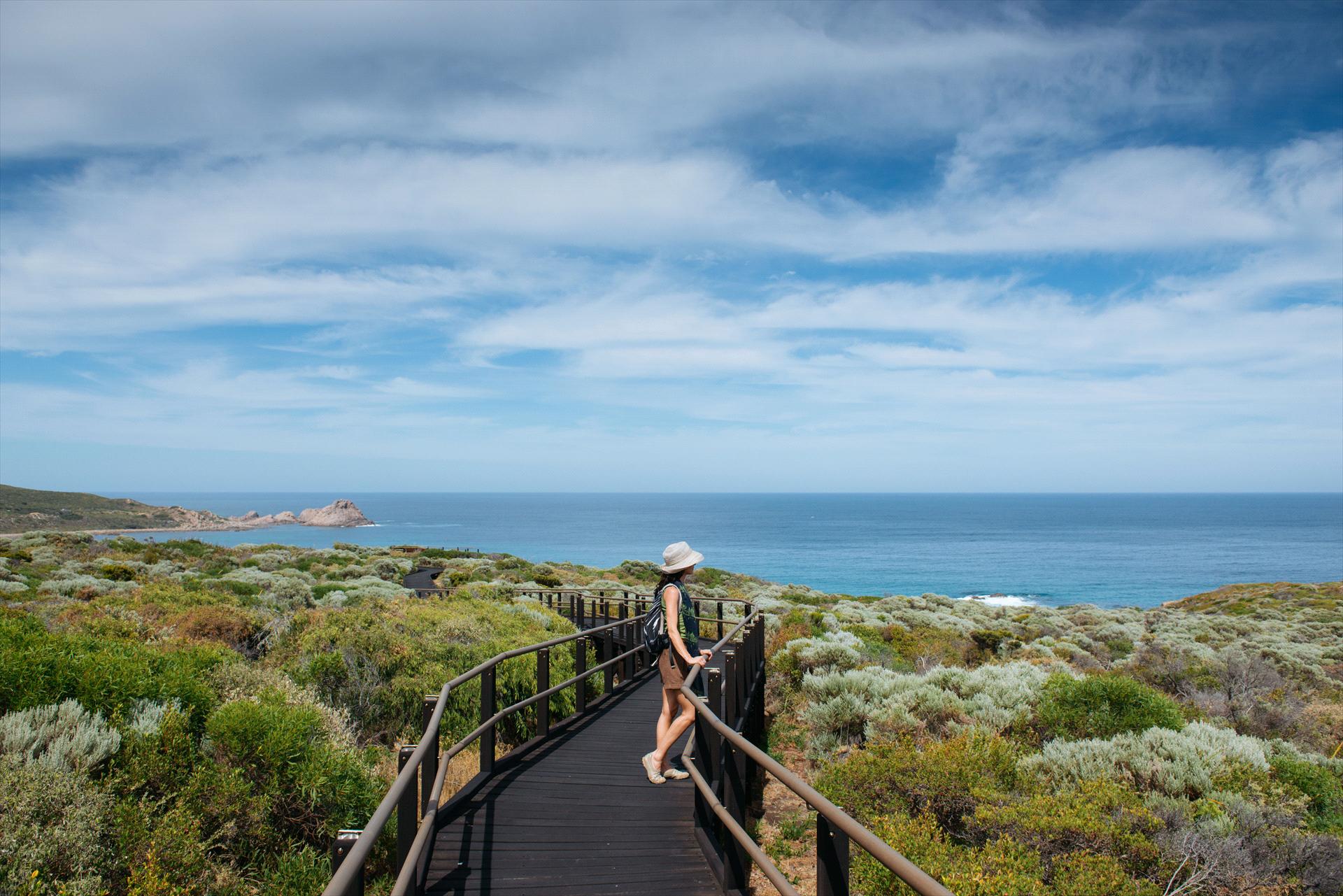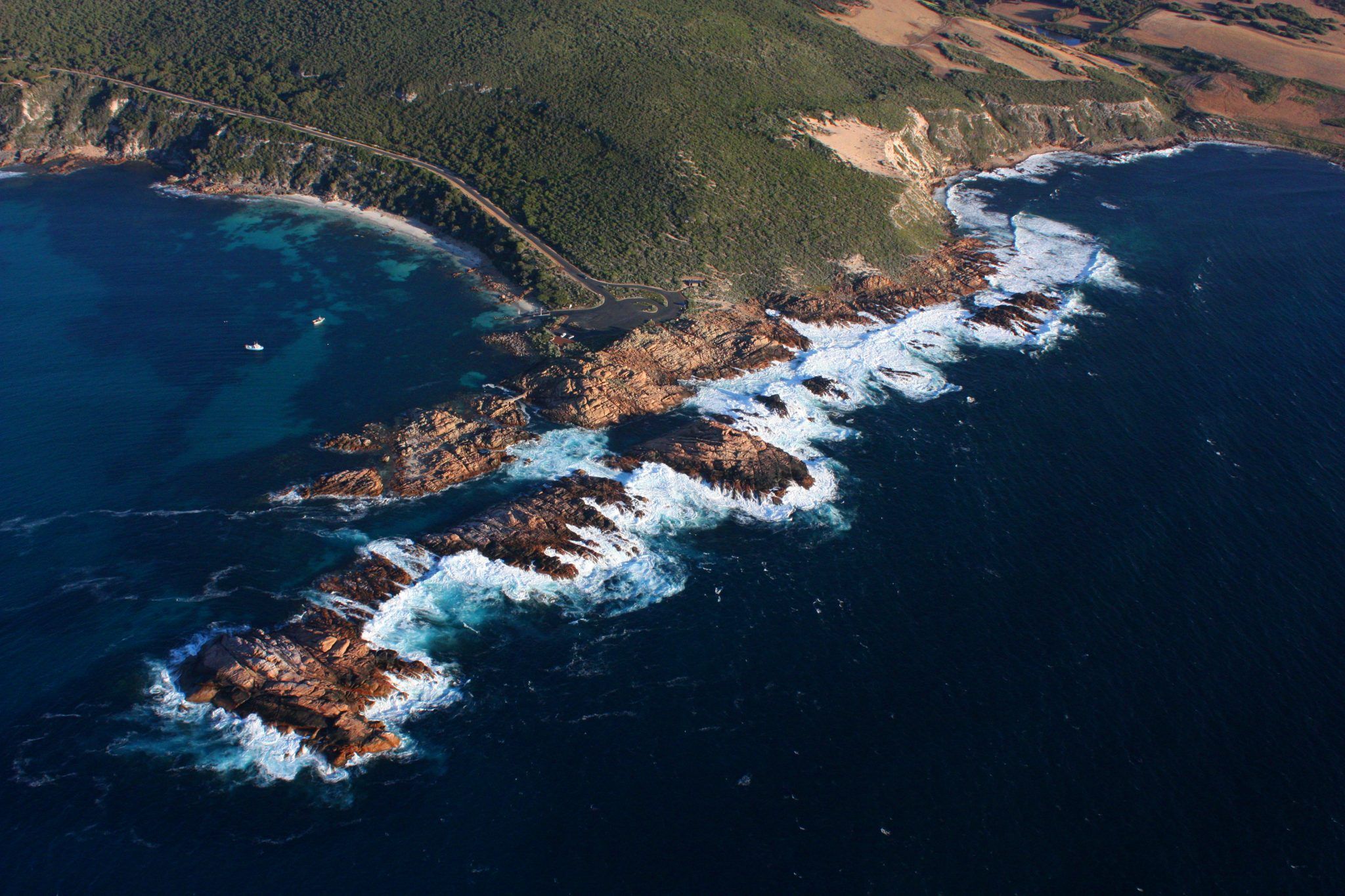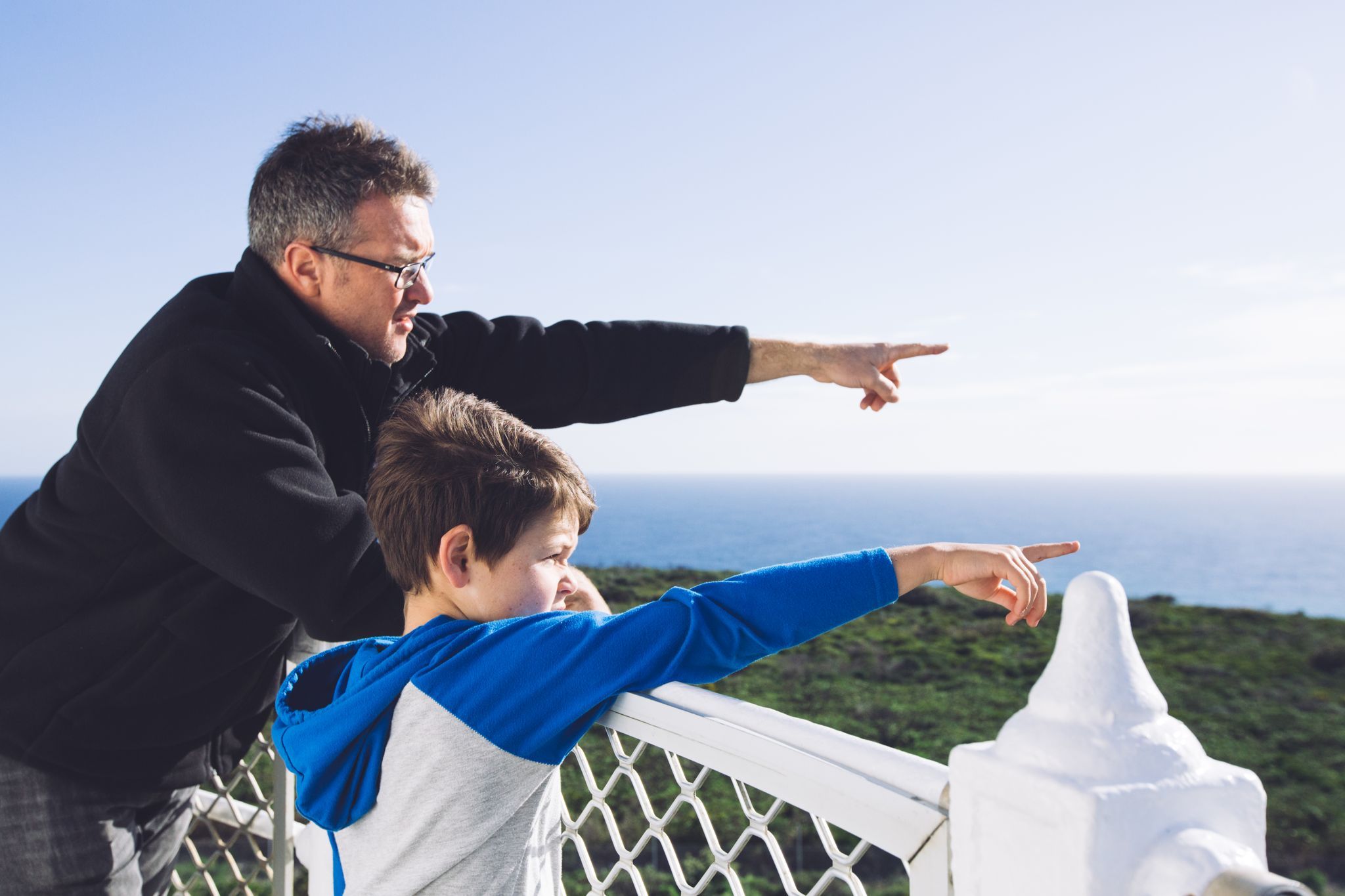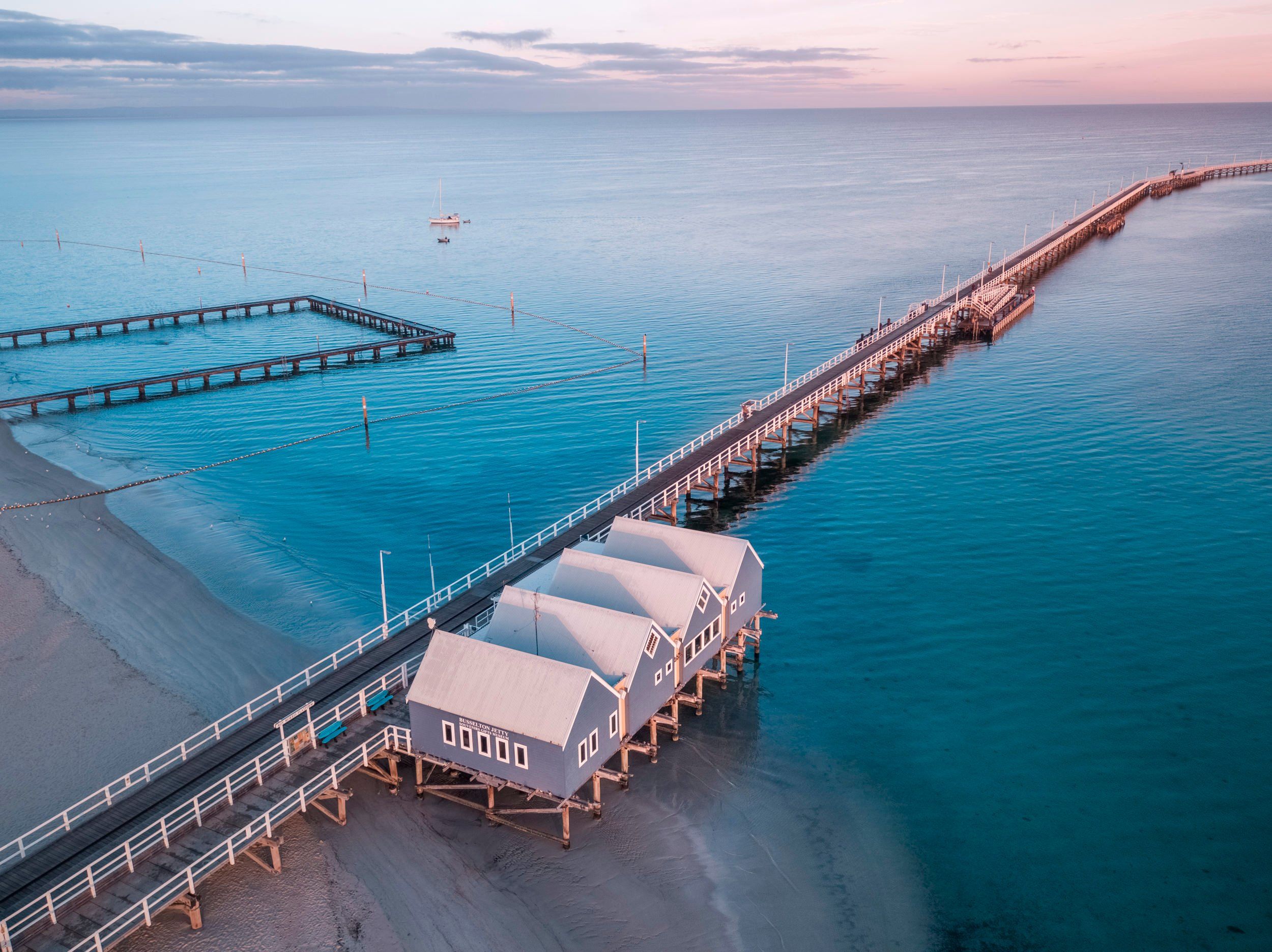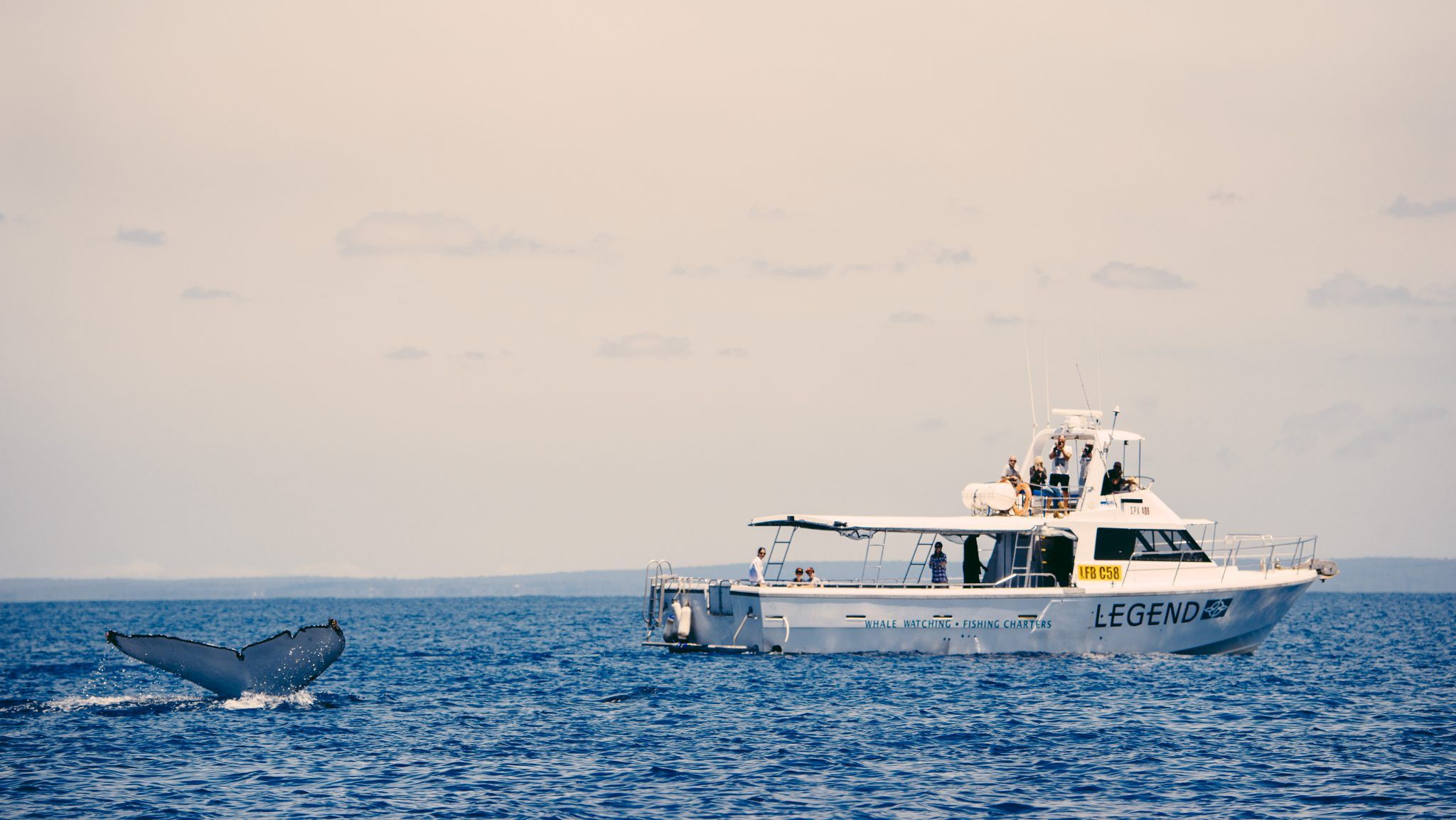After having been hunted almost to extinction until the 1970’s, the whale population has recovered to such a level that an estimated 35,000 whales migrate from the Antarctic to the warmer waters of the Margaret River Region every year.
The region plays host to these amazing creatures for a period of six months between June and early December – making it one of the longest whale watching seasons in Australia. Humpback, Southern Right, Minke and Blue Whales all make the epic journey, and whether on land or out at sea you can witness part of it by finding the perfect vantage point and keeping your eyes peeled.
From topping man-made structures to hiking spectacular cliff trails to getting yourself on a purpose-built whale watching vessel, here are seven places to spot whales in the Margaret River Region this season!
